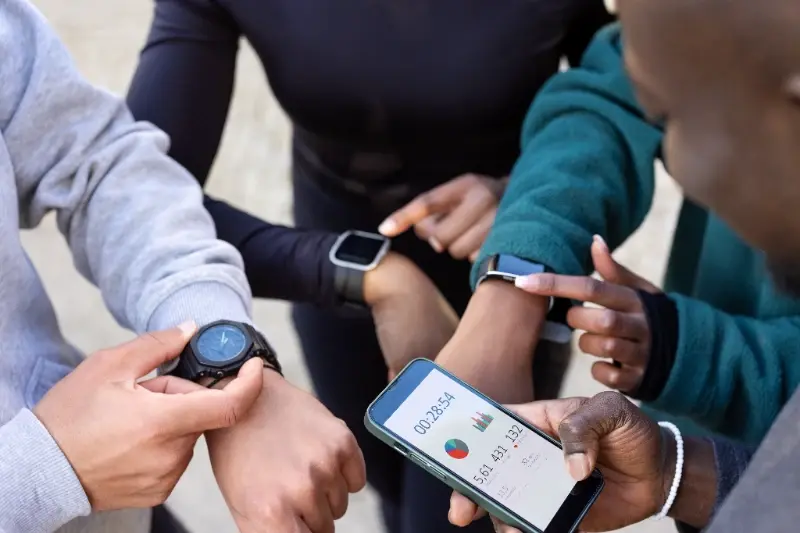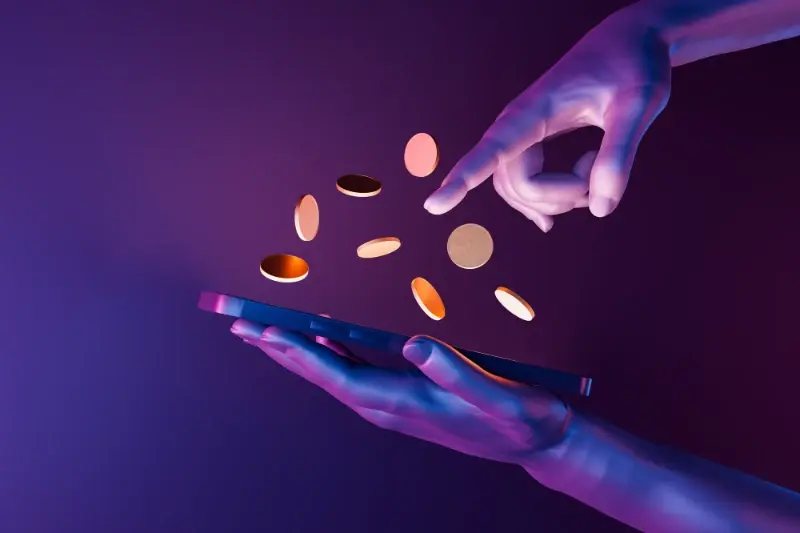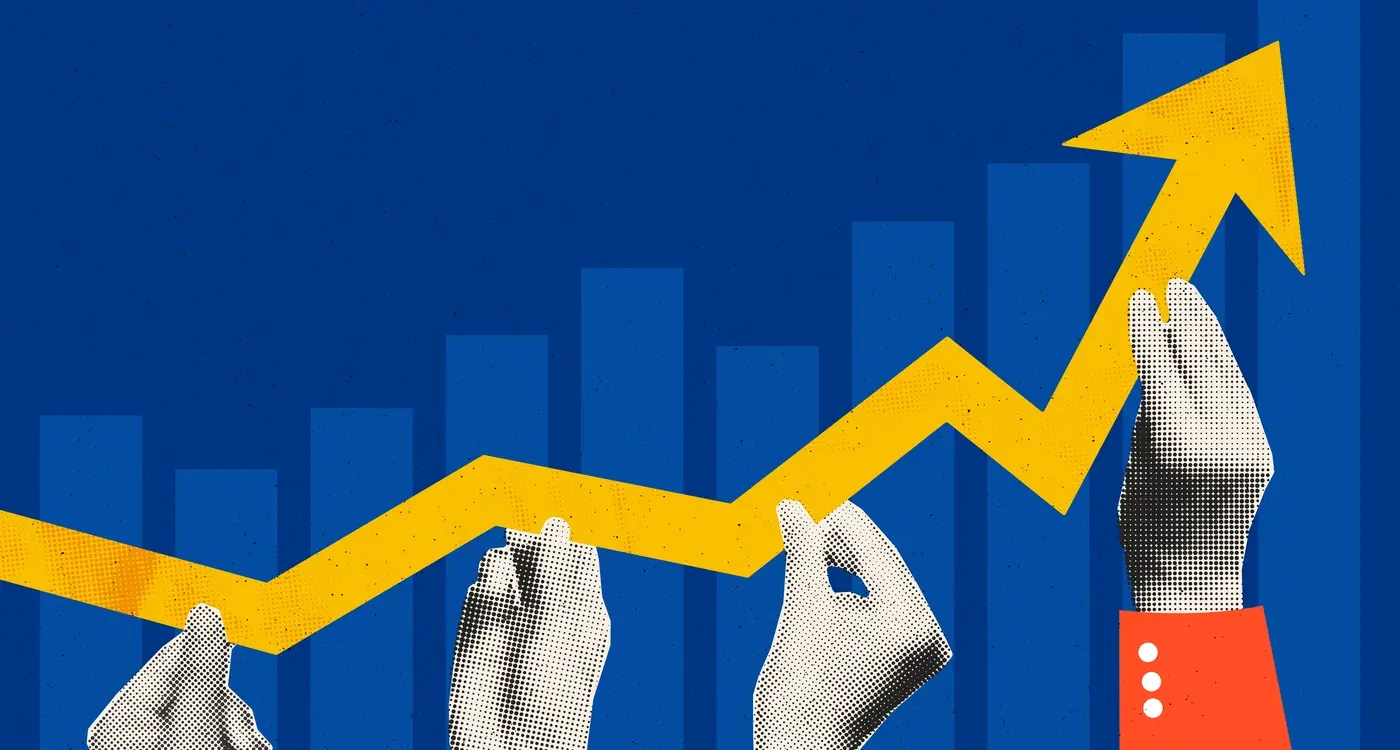Freemium vs Premium: Which Actually Makes More Money?
There's a heated debate raging in the mobile app industry right now, and it's costing developers millions. Every day, app creators are wrestling with one massive decision: should they give their app away for free and hope people pay later, or charge upfront and risk scaring potential users away? The stakes couldn't be higher—choose wrong and you could be leaving serious money on the table.
What makes this choice so tricky is that both approaches can work brilliantly, but they work in completely different ways. Premium apps that charge upfront can generate instant revenue from day one, but they face the uphill battle of convincing people to pay for something they haven't tried. Freemium apps, on the other hand, can attract millions of users quickly but then face the challenge of converting those free users into paying customers.
The difference between a successful freemium app and a failed one often comes down to understanding exactly when and how to ask users for money
After working with countless app developers over the years, I've seen both strategies create millionaires and bankrupt businesses. The truth is, there's no one-size-fits-all answer—but there are clear patterns that can help you make the right choice for your specific app and target audience.
What Are Freemium and Premium Apps Exactly
Let's get the basics sorted first—what exactly are we talking about when we say freemium versus premium apps? I know it sounds obvious, but you'd be surprised how many people get confused about the difference between freemium and premium app models.
Premium apps are straightforward: you pay upfront before downloading. Think of it like buying a chocolate bar at the shop—you hand over your money, you get the full product. No hidden extras, no surprises later. Popular examples include apps like Procreate or PDF Expert; you pay once and get everything the app offers.
The Freemium Model Breakdown
Freemium apps are where things get interesting. You download them for free (that's the "free" part) but the app maker hopes you'll eventually pay for extra features, remove adverts, or unlock premium content (that's the "premium" part). Spotify does this brilliantly—free users get music with adverts, whilst paying subscribers get ad-free listening and offline downloads.
The key difference? Premium apps need to convince you to buy before you've tried them; freemium apps can hook you first, then ask for money later. Both approaches work, but they require completely different strategies to succeed.
The Numbers Game—How Each Model Makes Money
Let me break down the money side of things because this is where it gets interesting. Premium apps make their cash upfront—you pay once, you own it forever. Simple right? But here's the catch: you need to convince people to hand over their money before they've even tried your app properly.
Freemium apps work completely differently. They let users download and use basic features for free, then charge for premium features, extra content, or remove those annoying ads. The money comes from a small percentage of users who eventually upgrade—typically between 1-5% of your total user base.
The Revenue Patterns
Premium apps see their biggest revenue spike right after launch, then it usually drops off unless you're constantly marketing or releasing new versions. Freemium apps start slow but can build steady, recurring income over time through subscriptions and in-app purchases.
What's really fascinating is that freemium apps often make more money in the long run, even though most users never pay anything. Those paying customers tend to spend more than a single premium app price over time—sometimes much more.
Track your conversion rates religiously if you go freemium. Even a 0.5% improvement in free-to-paid conversion can dramatically boost your mobile app revenue comparison metrics.
Real Examples of Apps That Win With Each Strategy
Let me show you some apps that have absolutely nailed their pricing strategies—and what we can learn from them.
Freemium Success Stories
Spotify is probably the best example of freemium done right. They give you access to millions of songs for free, but with adverts between tracks and limited skips. The free version is good enough to keep you using it, but annoying enough that you'll eventually pay for Premium. Genius, really.
Dropbox took a different approach—they give you 2GB of storage for free, which is enough to see the value but not enough for long-term use. Both companies understood that their free users would become their best marketing tool, sharing playlists and files with friends who might also convert to paid users.
Premium Powerhouses
On the premium side, apps like Procreate and Things 3 charge upfront and do brilliantly. Procreate costs around £10 and gives you professional-grade digital art tools. Their users are happy to pay because they know exactly what they're getting—no hidden costs, no limitations.
- Procreate: One-time purchase of £10 for full features
- Things 3: £50 upfront for premium task management
- Spotify Premium: Monthly subscription after free trial
- Dropbox Plus: Freemium model with storage upgrades
The key difference? These premium apps target users who already know they need the solution and are willing to pay for quality immediately.
The Hidden Costs You Might Not Think About
Right, let's talk about the costs that always seem to catch people off guard—the ones that don't show up in your initial budget but definitely show up on your bank statement later. Both freemium and premium mobile apps come with their own sneaky expenses that can really add up.
For freemium apps, you're looking at massive server costs because you'll have loads more users than a premium app. More users means more data storage, more bandwidth, and more support tickets. Then there's the constant need for fresh content and features to keep people engaged—you can't just build it once and forget about it.
The Premium App Surprise Costs
Premium apps face different challenges. Your marketing budget needs to be much bigger because convincing someone to pay upfront is harder work. You'll spend more on app store optimisation strategies, paid advertising, and probably some influencer partnerships too.
Every successful app developer learns this lesson the hard way—the real cost isn't building the app, it's everything that comes after launch
Both models need ongoing updates, bug fixes, and new features to stay competitive. The difference is that premium apps often need fewer but more polished updates, while freemium apps need constant tweaks to improve conversion rates. Neither approach is cheap, but knowing what's coming helps you plan properly.
When Freemium Works Best for Your App
After working with dozens of app developers over the years, I've noticed that freemium works brilliantly for certain types of apps—but not all of them. The key is understanding when your app naturally fits this model.
Social apps are perfect for freemium because they get better as more people join. Think about it: a messaging app with just you isn't much fun, but add your friends and family and suddenly it's useful. Gaming apps also work well because players often want to progress faster or unlock special features once they're hooked on the gameplay.
Apps That Thrive With Freemium
- Social networking and messaging apps
- Games with levels or virtual items
- Productivity tools with basic and advanced features
- Photo and video editing apps
- Fitness and habit-tracking apps
- Music and entertainment platforms
The freemium model works best when your free version provides real value but leaves users wanting more. You need a clear upgrade path that feels natural, not forced. If people can't see why they'd want to pay for premium features, your conversion rates will be terrible.
One thing I always tell clients: if your app solves a problem that people face regularly, freemium could be your golden ticket to building an app that makes your business money first, then converting them later.
When Premium Is the Smarter Choice
There are times when charging upfront for your mobile app makes perfect sense—and I've seen plenty of examples where this strategy works brilliantly. If you're building something that people genuinely need and can't get anywhere else, premium pricing becomes your best friend.
Think about professional tools, specialised software, or apps that solve very specific problems. Users who need these apps are often willing to pay because they understand the value straight away. They're not looking for entertainment or casual use; they want results.
When Premium Works Best
Premium pricing shines when you've got something unique to offer. Apps that help people do their jobs better, manage complex tasks, or provide professional-grade features tend to perform well with this model. The key is that your target audience has a clear need and budget for what you're offering.
- Professional or business tools
- Specialised utilities with no free alternatives
- Apps targeting users with specific expertise
- Privacy-focused applications
- High-quality content or educational resources
The beauty of premium apps is predictable revenue. Once someone pays, you know exactly what you're earning. No guessing about conversion rates or hoping users will upgrade later—just straightforward income that helps you plan and grow your business.
Premium works best when your app solves a specific problem that your target users face regularly and are already spending money to solve.
Conclusion
After eight years of building apps for everyone from scrappy startups to Fortune 500 companies, I can tell you there's no magic formula for choosing between freemium and premium. What works for one app might completely tank another—and I've seen both happen more times than I'd like to count!
The truth is, choosing the right monetization model for your mobile app should come down to your specific situation. If you're building a social app, a productivity tool, or something that gets better with more users, freemium is probably your best bet. You'll need patience though—it takes time to build that user base and start converting people to paid features. On the flip side, if you've got a specialised tool for professionals or something with immediate value, premium might be the way to go.
What really matters is understanding your users and being realistic about your resources. Can you afford to give away your app for free whilst you build an audience? Do you have the development budget to create compelling premium features? These aren't glamorous questions, but they're the ones that will determine your success.
My advice? Start with what feels right for your app and your situation, then be prepared to pivot if the numbers don't add up. The best monetisation strategy is the one that actually works for your specific app and market.
Share this
Subscribe To Our Blog
You May Also Like
These Related Stories

Wearable Apps vs Mobile Apps: What's the Difference?

The Complete Guide to App Monetisation: Finding Your Perfect Model





